-
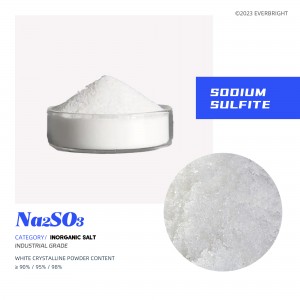
Sodium Sulfite
Sodium sulfite, white crystalline powder, soluble in water, insoluble in ethanol. Insoluble chlorine and ammonia are mainly used as artificial fiber stabilizer, fabric bleaching agent, photographic developer, dye bleaching deoxidizer, fragrance and dye reducing agent, lignin removal agent for paper making.
-
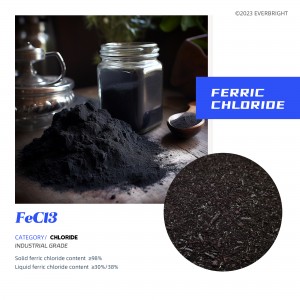
Ferric chloride
Soluble in water and strongly absorbent, it can absorb moisture in the air. The dye industry is used as an oxidant in the dyeing of indycotin dyes, and the printing and dyeing industry is used as a mordant. The organic industry is used as a catalyst, oxidant and chlorination agent, and the glass industry is used as a hot colorant for glassware. In sewage treatment, it plays the role of purifying the color of sewage and degrading oil.
-
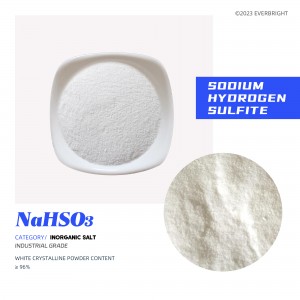
Sodium Hydrogen Sulfite
In fact, sodium bisulfite is not a true compound, but a mixture of salts that, when dissolved in water, produces a solution composed of sodium ions and sodium bisulfite ions. It comes in the form of white or yellow-white crystals with an odor of sulfur dioxide.
-

Frangrances
With a variety of specific aromas or aromas, after the aroma process, several or even dozens of spices, according to a certain proportion of the process of blending spices with a certain aroma or flavor and a certain use, mainly used in detergents; Shampoo; Body wash and other products that need to enhance fragrance.
-
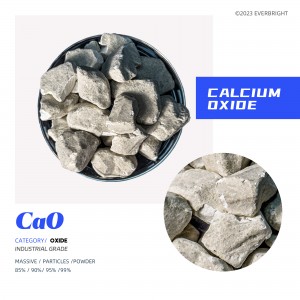
Calcium Oxide
Quick lime generally contains overheated lime, overheated lime maintenance is slow, if the stone ash paste hardening again, it will cause expansion cracking due to aging expansion. In order to eliminate this harm of lime burning, the lime should also be “aged” for about 2 weeks after maintenance. The shape is white (or gray, brown, white), amorphous, absorbing water and carbon dioxide from the air. Calcium oxide reacts with water to form calcium hydroxide and gives off heat. Soluble in acidic water, insoluble in alcohol. Inorganic alkaline corrosive articles, national hazard code :95006. Lime reacts chemically with water and is immediately heated to temperatures above 100°C.
-
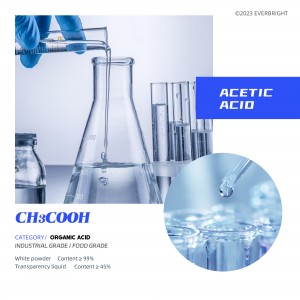
Acetic acid
It is an organic monic acid, the main component of vinegar. Pure anhydrous acetic acid (glacial acetic acid) is a colorless hygroscopic liquid, its aqueous solution is weakly acidic and corrosive, and it is strongly corrosive to metals.
-

Potassium Carbonate
An inorganic substance, dissolved as a white crystalline powder, soluble in water, alkaline in aqueous solution, insoluble in ethanol, acetone, and ether. Strong hygroscopic, exposed to the air can absorb carbon dioxide and water, into potassium bicarbonate.
-

Sodium Dodecyl Benzene Sulfonate (SDBS/LAS/ABS)
It is a commonly used anionic surfactant, which is a white or light yellow powder/flake solid or brown viscous liquid, difficult to volatilization, easy to dissolve in water, with branched chain structure (ABS) and straight chain structure (LAS), the branched chain structure is small in biodegradability, will cause pollution to the environment, and the straight chain structure is easy to biodegrade, the biodegradability can be greater than 90%, and the degree of environmental pollution is small.
-

Dodecylbenzenesulphonic acid (DBAS/LAS/LABS)
Dodecyl benzene is obtained by condensation of chloroalkyl or α-olefin with benzene. Dodecyl benzene is sulfonated with sulfur trioxide or fuming sulfuric acid. Light yellow to brown viscous liquid, soluble in water, hot when diluted with water. Slightly soluble in benzene, xylene, soluble in methanol, ethanol, propyl alcohol, ether and other organic solvents. It has the functions of emulsification, dispersion and decontamination.
-
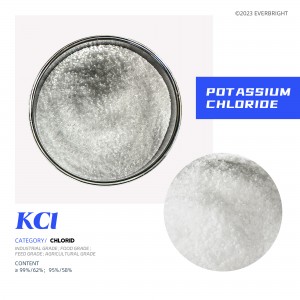
Potassium Chloride
An inorganic compound resembling salt in appearance, having a white crystal and an extremely salty, odorless, and nontoxic taste. Soluble in water, ether, glycerol and alkali, slightly soluble in ethanol, but insoluble in anhydrous ethanol, hygroscopic, easy to caking; The solubility in water increases rapidly with the increase of temperature, and often redecomposes with sodium salts to form new potassium salts.
-

Sodium Sulfate
Sodium sulfate is sulfate and sodium ion synthesis of salt, sodium sulfate soluble in water, its solution is mostly neutral, soluble in glycerol but not soluble in ethanol. Inorganic compounds, high purity, fine particles of anhydrous matter called sodium powder. White, odorless, bitter, hygroscopic. The shape is colorless, transparent, large crystals or small granular crystals. Sodium sulfate is easy to absorb water when exposed to air, resulting in sodium sulfate decahydrate, also known as glauborite, which is alkaline.
-
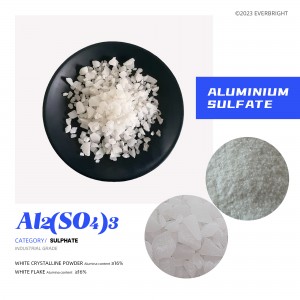
Aluminium Sulfate
Aluminum sulfate is a colorless or white crystalline powder/powder with hygroscopic properties. Aluminum sulfate is very acidic and can react with alkali to form the corresponding salt and water. The aqueous solution of aluminum sulfate is acidic and can precipitate aluminum hydroxide. Aluminum sulfate is a strong coagulant that can be used in water treatment, paper making and tanning industries.







